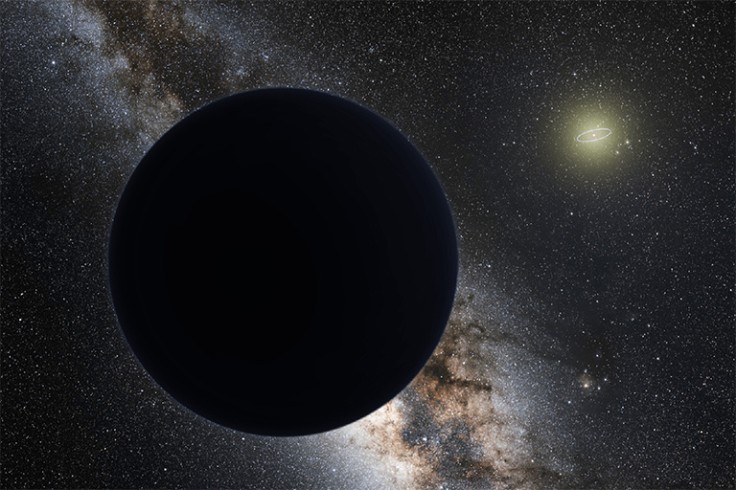A hypothetical planet named Planet Nine has long been searched for by astronomers, but the latest survey with the goal of finding it has come up short once more.
3,500 potential candidates that could have been Planet Nine have been found during the search, but all were confirmed to be not what the scientists are looking for.
This is despite the use of the Atacama Cosmology Telescope (ACT), which is known as one of the world's highest ground-based telescopes.
Planet Nine, a Theorized Planet, Has Not Been Found
Planet Nine remains to be just a theory after the latest search effort for it has come up empty.
According to a report by Space, astronomers used the Atacama Cosmology Telescope. The ACT is located in Chile. However, the astronomers "acknowledged that more sensitive searches would make the result more definitive."
The Harvard-Smithsonian Center for Astrophysics, an institution participating in the search, said the scientists were able to find around 3,500 potential candidates. Unfortunately, none of them were confirmed to be Planet Nine.
This latest survey is the newest addition to the list of failed searches for Planet Nine since 2016.
Read Also: Planet Nine: NASA Nearing Discovery, Unseen Gas Giant Responsible For Solar System Wobble?
What is Planet Nine

According to the National Aeronautics and Space Administration (NASA), it is being theorized that Planet Nine "could have a mass about 10 times that of Earth and orbit about 20 times farther from the Sun on average than Neptune."
The Space report says that it is believed to be located beyond the orbit of Neptune.
It is likewise being theorized that it can take the hypothetical planet 10,000 to 20,000 Earth years before it can make a full orbit around the sun.
The idea that Planet Nine could exist started in 2015 when "astronomers Konstantin Batygin and Mike Brown announced new research that provides evidence of a giant planet tracing an unusual, elongated orbit in the outer solar system."
NASA notes that the prediction made by the two astronomers are not based on direct observation. Instead, the prediction is based on computer simulations as well as mathematical modelling.
Atacama Cosmology Telescope
What differs the latest search for Planet Nine from those previously done is the use of the ACT.
According to the report by Space, what the ACT is does is to look for the cosmic microwave background radiation, which is described to be the signature of the Big Bang. What made this telescope in particular suitable for the search is that it has high angular resolution and sensitivity.
The Atacama Cosmology Telescope is six meters in diamater and is considered to be one of the highest ground-based telescopes in the world.
Per the Princeton University website, the goal of the ACT to learn how the universe came to be. It is also meant to study the composition of the universe as well as its evolution.









